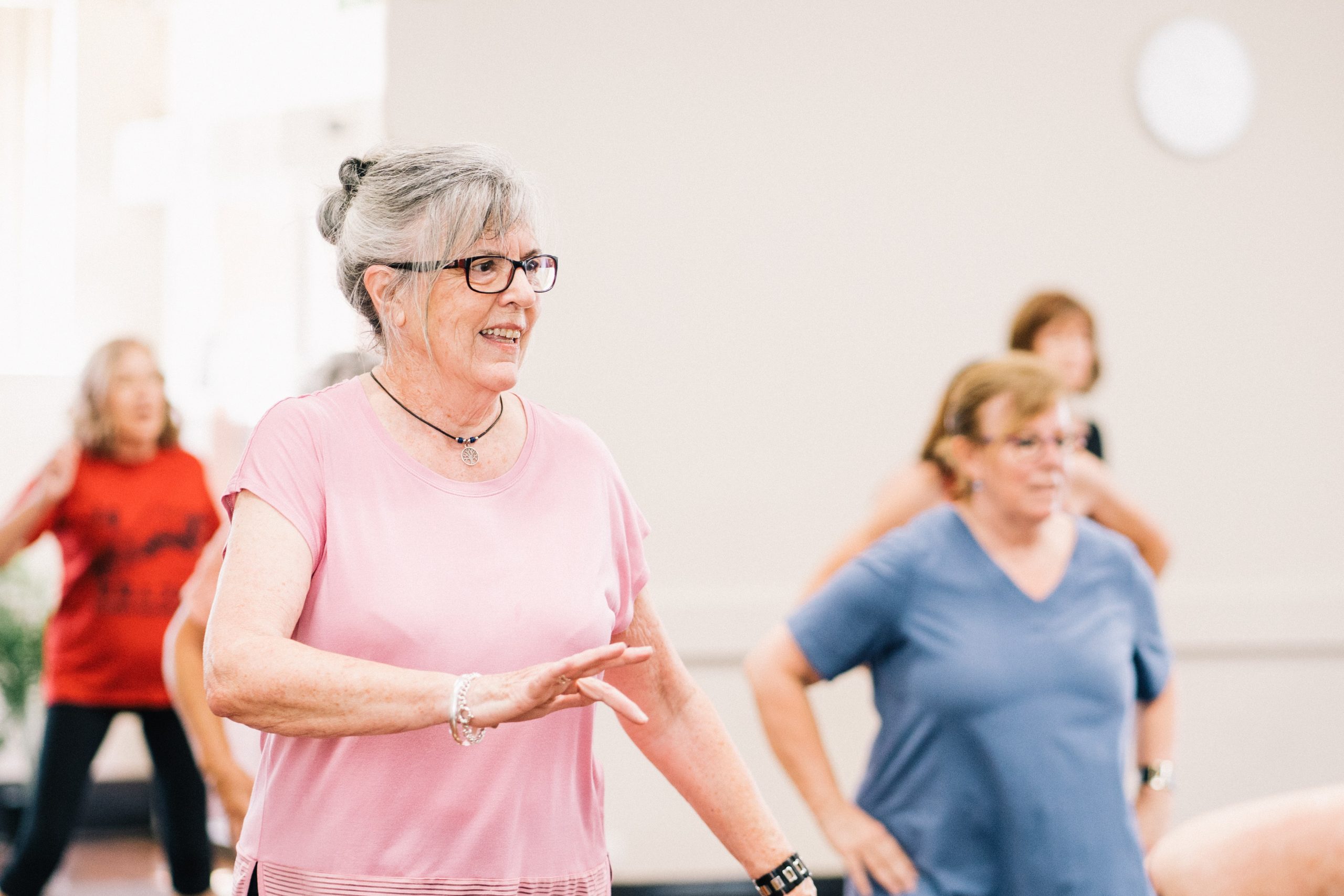As seniors age, staying active can become increasingly difficult as the body’s mobility decreases. However, staying physically active is vital to stay healthy and remain independent for longer. For seniors especially, regular physical activity can go a long way toward improving their physical and mental health.
Exercise reduces the risk of chronic diseases and obesity, increases energy levels, and improves brain function. However, while exercise benefits all ages, it is important to remember that seniors may have issues such as joint pain that certain activities could exacerbate. Therefore, they must take extra precautions beyond choosing between term or whole life insurance for seniors. If they engage in strenuous activities, staying safe while being physically active is important. With this in mind, here are seven tips on how seniors can stay physically active safely.
Consult your doctor beforehand
Before beginning any new workout regimen, seniors must consult their healthcare provider about what type of exercise would best suit their current health status. The consultation is critical in case of prevailing underlying medical conditions, medication use, or a history of chronic disease. Through consultation, seniors can get an accurate health assessment and tailored advice on safe activities.
In the case of people with severe heart disease, some doctors may also recommend keeping an automated external defibrillator (AED) when participating in physical activities to take extra precautions. This device can help detect abnormal heart rhythms during exercise and can be used to normalize the heartbeat. Thus, if the doctor recommends it, ensure all the necessary AED accessories are nearby. With the doctor’s help, they can create an appropriate routine that fits their needs, and once they get the go-ahead, it is time to get moving!
Don’t overexert
When exercising, we often exert our bodies and overdo it. However, seniors must pay attention to how their body feels while exercising. If at any point they experience pain or discomfort during a workout, they should stop and rest. They can also try to reduce the intensity of their exercise and try again after a small break. With caution, they can enjoy all the benefits of staying physically active as they age!
Start Slowly
Instead of diving into a new exercise routine too quickly, starting slowly and increasing intensity over time is best. Physical activity doesn’t always have to be strenuous. Instead, light levels of activities, such as slow walking, do not strain joints and muscles and can help them stay active and healthy without going overboard. Even light physical activity provides tons of benefits and is better than nothing! However, over time once the body gets used to the exercise, seniors can increase the intensity steadily. It will help avoid overexertion, fatigue, joint pain, injury, or burnout due to sudden increases in intensity levels. By easing into a routine, they can avoid overexertion and prevent injuries.
Stretching
Stretching is a very crucial part of any senior’s exercise routine. It is a light exercise routine that keeps one fit and does not cause extreme moments that would create pain or discomfort. It helps to increase flexibility, relieve stiffness, reduce the risk of injury, and improve mobility. More importantly, stretching before and after physical activity helps prevent injuries due to muscle strains or tears. Before beginning any physical activity, seniors should warm up with gentle stretches to improve blood flow and loosen up their muscles. After a workout, it is essential to cool down with stretching exercises to help the body transition from strenuous physical activity to normal functioning. It is important to move slowly and take breaks as needed.
Change the exercises
As we age, our bodies become less able to maintain the same exercise routines or workouts that we performed earlier in life. Therefore, seniors must find ways to keep moving and stay engaged without over-taxing their bodies. For example, many seniors have mobility issues but do not want to give up exercise. Such people can modify their activities to suit their needs better. They can incorporate different daily activities into their routine to help them stay active and motivated. Finding activities that bring joy and excitement will help them stay motivated. Moreover, when trying out different exercises, seniors can find something enjoyable that won’t cause too much strain on their bodies while still providing the benefits of physical activity.
Strength training
Many seniors opt for more intense workouts, such as strength training, due to the range of benefits it offers. It can help them maintain muscle mass, increase bone density, alleviate back pain, and improve posture and balance. As muscles age naturally, strength training can help to counteract the natural decline in muscle strength and slow the process down. It can also decrease the risk of falls in seniors by improving coordination and balance. However, seniors not accustomed to strength training must start slowly, as their muscles are not familiar with working out at this intensity. Exercises like squats, lunges, and leg presses with light weights are good options for seniors just starting out with strength training. They should also focus on building a good body form when doing these exercises to avoid injuries and seek the guidance of a professional trainer.
Balanced Diet and Hydration
A key component of staying active is having a balanced diet and staying hydrated. Nutrition and exercise go hand in hand. Without proper nutrition, exercising is meaningless because seniors will not have the energy or strength to remain physically active. A diet rich in carbohydrates, fruits and vegetables, healthy fats, and protein can help provide the body with the essential nutrients needed for physical activity. Similarly, drinking plenty of water before and after exercise is crucial since it prevents dehydration and reduces the risk of heat-related illnesses. Proper hydration also helps reduce the risk of falls by keeping the joints lubricated and muscles flexible. As seniors age, the body may become less efficient at regulating water, so drinking plenty of fluids throughout the day is essential.
Concluding Remarks
Staying physically active is crucial to staying healthy at any age. With the proper precautions and guidance, seniors can remain active and enjoy the many benefits of regular exercise. However, they must exercise cautiously and check with a doctor before participating in any activities that may be too strenuous or can cause injury. It is important to remember that everyone has different fitness levels, so starting slowly and being careful when exercising is essential.


 Home
Home










